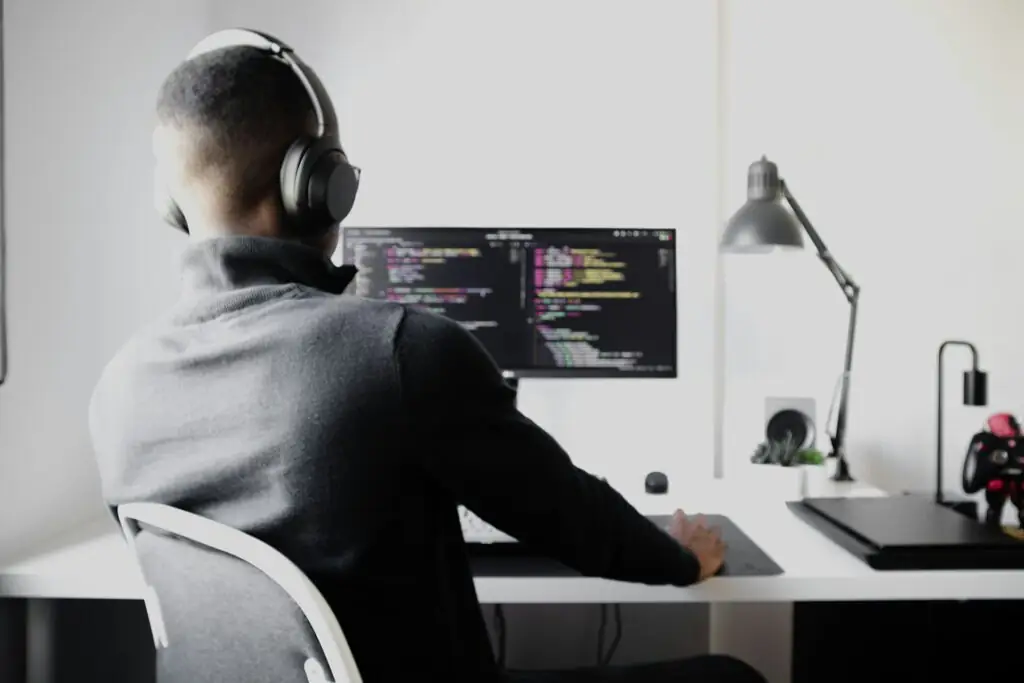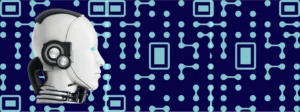In a tech world where the demand for skills intersects with a diverse array of personal preferences and talents, a Reddit user’s question shines a light on a common misconception in programming. Questioning the necessity of “creative” programming for a successful career in tech, the author of the post invites a broader discussion on the varied pathways within programming that cater to different skill sets and interests.

✅ AI Essay Writer ✅ AI Detector ✅ Plagchecker ✅ Paraphraser
✅ Summarizer ✅ Citation Generator
Key Takeaways
- Creative programming encompasses more than design. It’s about problem-solving and innovation across various programming roles.
- The distinction between frontend and backend development highlights the diverse skill sets required in the tech industry, with each catering to different interests and strengths.
- Comments from the programming community reveal that there are numerous career paths in tech that do not prioritize traditional creative skills, emphasizing instead technical expertise and logical problem-solving.
The Nature of Creative Programming
The concept of “creative programming” often evokes thoughts of visually stunning websites and intricately designed user interfaces. Yet, the essence of creativity in programming extends far beyond aesthetic appeal and enters the domain of problem-solving, innovation, and the application of logical constructs to build solutions that meet complex needs.
The discussion initiated by a Reddit user questioning the necessity of creativity in programming reveals a common misconception: that all programming roles require a knack for design and an eye for the visual. One Reddit user keenly observes,
“Most programmers out there don’t create front ends from scratch… You’re overthinking it. You are normal and will be able to find plenty of jobs.”
This statement explains that the bulk of programming work is not about crafting new designs from the ground up but rather involves solving problems, optimizing systems, and enhancing functionality within pre-existing frameworks. The creativity in these tasks lies not in selecting colors or layouts but in devising innovative solutions, optimizing algorithms, and creating code that is both efficient and effective.
Furthermore, another user’s comment underlines the diversity within the field:
“No one person has to do it all. The design of beautiful and functional interfaces is completely different work and skillset from coding HTML/JavaScript/CSS to realize a design.”
This delineation between the roles within programming projects points to the specialized nature of the work, where a variety of creative expressions are possible—be it through the elegant structuring of code, the strategic planning of system architecture, or the logical flow of an application’s backend processes.
The apprehension towards “creative” programming often stems from a misunderstanding of what creativity means in the context of technology. It’s not solely about creating visually appealing elements but also about the imaginative and analytical thinking involved in coding itself.
Programming, at its core, is a creative pursuit that involves problem-solving, thinking outside the box, and applying technical knowledge in innovative ways to build solutions that meet user needs or address specific challenges.
Frontend vs. Backend: Where is More Creativity?
The division between frontend and backend development is a fundamental one, with each area demanding a distinct set of skills and offering different challenges and rewards. This distinction is crucial for understanding where one’s interests and talents can best be applied, especially for those grappling with the role of creativity in their programming career.
Understanding Frontend and Backend Engineering
Frontend development is often the first to be labeled as “creative programming,” primarily because it deals directly with the user interface and experience. It’s here that design sensibilities come to the forefront, requiring developers to have a keen eye for aesthetics, usability, and user engagement. A Reddit user articulates this point, stating,
“I get the exact look and feel from a UX designer (ideally already in HTML!) and then I just fill it with life and logic.”
This highlights the collaborative nature of frontend work, where the creativity involves translating design into functional, interactive experiences through coding.
The skills required for frontend development include a mastery of HTML, CSS, and JavaScript, along with frameworks like React or Angular. Additionally, an understanding of design principles and user experience (UX) is invaluable, even if the actual design work is done by a UX designer. The creativity in frontend development is associated with creating an intuitive and engaging user experience, making complex data and processes accessible, and ensuring the application is responsive and inclusive.
| Aspect | Frontend Engineering | Backend Engineering |
|---|---|---|
| Focus | User interaction, aesthetics, and usability | Server-side logic, database management, and application integration |
| Skills Required | Proficiency in CSS, HTML, JavaScript, and design principles | Knowledge of server-side languages (e.g., Python, Java), database architecture, and API development |
| Creativity Level | High in visual creativity and user experience design | High in problem-solving, system design, and logical structuring |
In contrast, backend development is often perceived as less “creative” in the traditional sense but no less challenging or inventive. Backend developers focus on the server, database, and application logic—the backbone that supports and powers the user-facing side of an application. One user highlights the diversity of backend work:
“Infrastructure is one of my favorites… this involves CI/CD, source control, build procedure, etc.”
This comment underscores the backend’s focus on functionality, performance, and scalability rather than visual design.

The required skill set for backend development includes proficiency in server-side languages (such as Python, Ruby, Java, and PHP), database management, API development, and an understanding of architecture patterns. Creativity in backend development lies in the ability to design efficient database schemas, develop scalable server architectures, and implement security measures and data protection strategies. It involves a deep understanding of how data flows within an application and how different components interact, requiring a logical and analytical approach to problem-solving.
The Creative Spectrum in Programming
While frontend development is traditionally seen as the more “creative” branch due to its visual and interactive nature, the reality is that both frontend and backend development require creativity—albeit different types. As another Reddit user puts it,
“Creativity is a natural thing in humans. You just need to find what you enjoy being creative about.”
This opinion resonates with the notion that creativity is not confined to aesthetic design but is also crucial in solving complex logical problems, optimizing systems, and innovating new solutions.
Frontend developers exercise creativity through design implementation, user interaction, and visual problem-solving, making applications not only functional but also appealing and user-friendly. Backend developers, on the other hand, apply creativity in architecting systems, developing algorithms, and ensuring the application’s backbone is robust, secure, and efficient.
Conclusion
The myth that programming careers are predominantly for those with a flair for design and aesthetics is disproved, exposing a wider range of creativity that cuts across conventional boundaries.
The comparative analysis between frontend and backend development highlights that the tech industry values diverse forms of creativity, from the visual and interactive creativity required in frontend roles to the logical and systemic innovation demanded in backend positions. The insights and user quotes illustrate the diverse ways in which individuals can contribute creatively to technology, regardless of their interest or prowess in design.
For the Reddit user questioning their place in the programming world due to a dislike for “creative” programming, the bottom line is clear: there is a vast array of opportunities within the tech industry that cater to different skill sets, interests, and definitions of creativity. Whether one finds joy in crafting engaging user interfaces or derives satisfaction from solving complex backend challenges, the field of programming is inclusive enough to accommodate and celebrate these varied talents.
Follow us on Reddit for more insights and updates.





Comments (0)
Welcome to A*Help comments!
We’re all about debate and discussion at A*Help.
We value the diverse opinions of users, so you may find points of view that you don’t agree with. And that’s cool. However, there are certain things we’re not OK with: attempts to manipulate our data in any way, for example, or the posting of discriminative, offensive, hateful, or disparaging material.